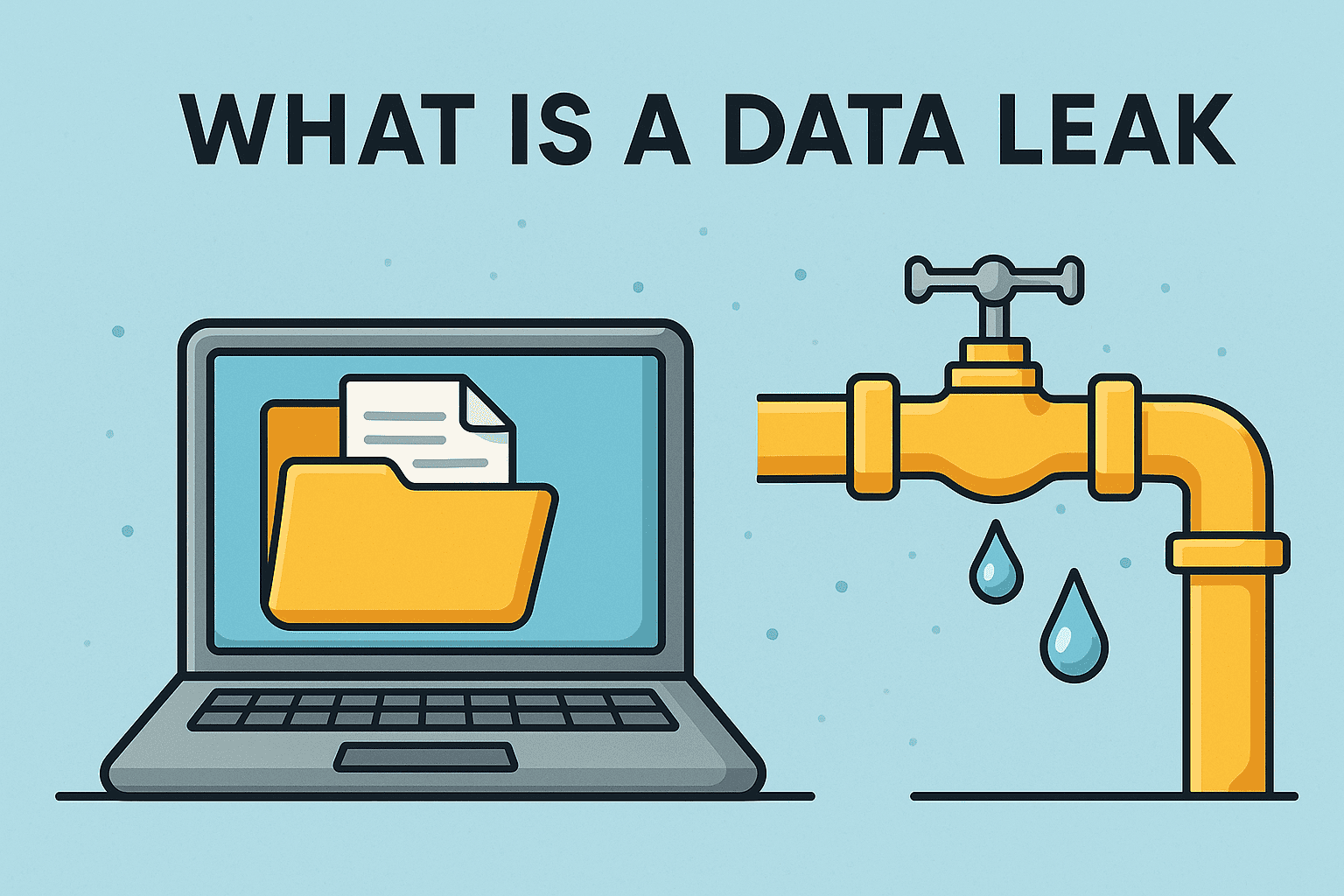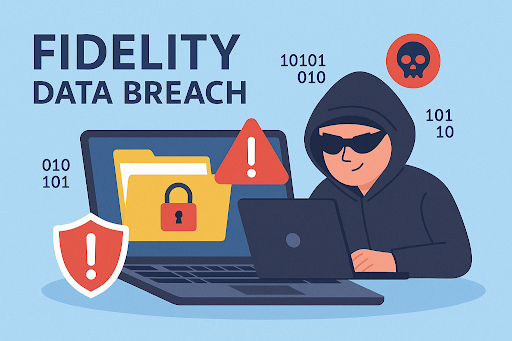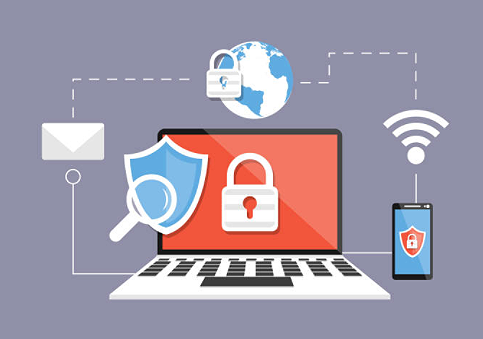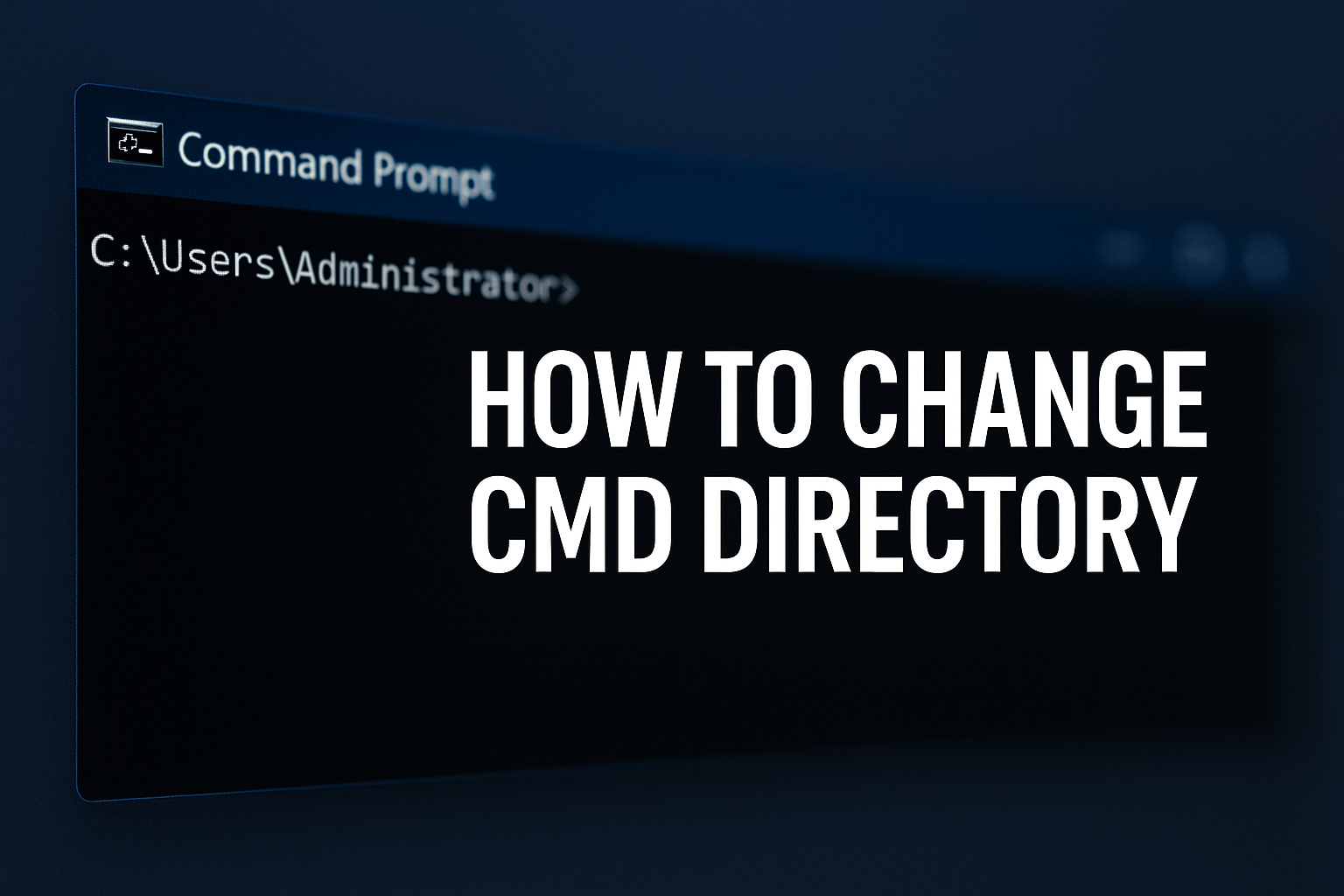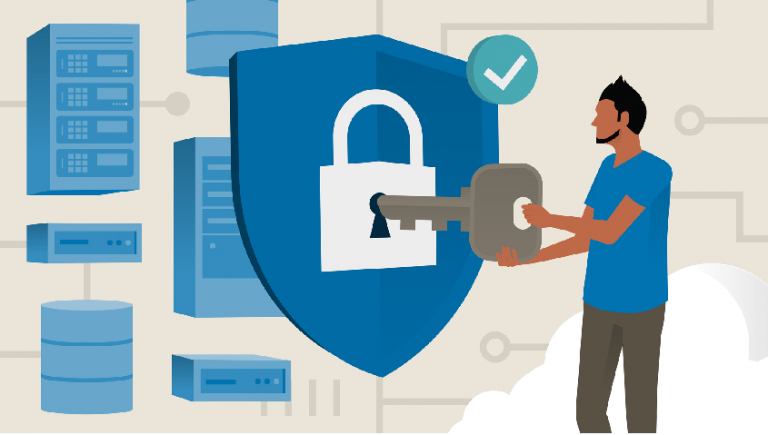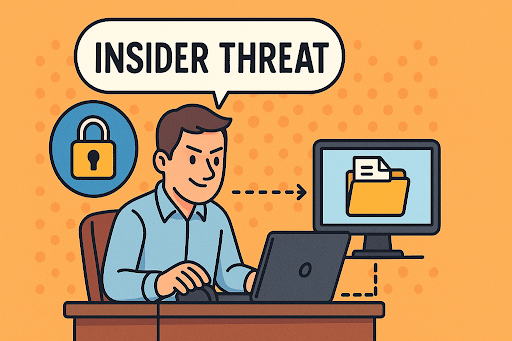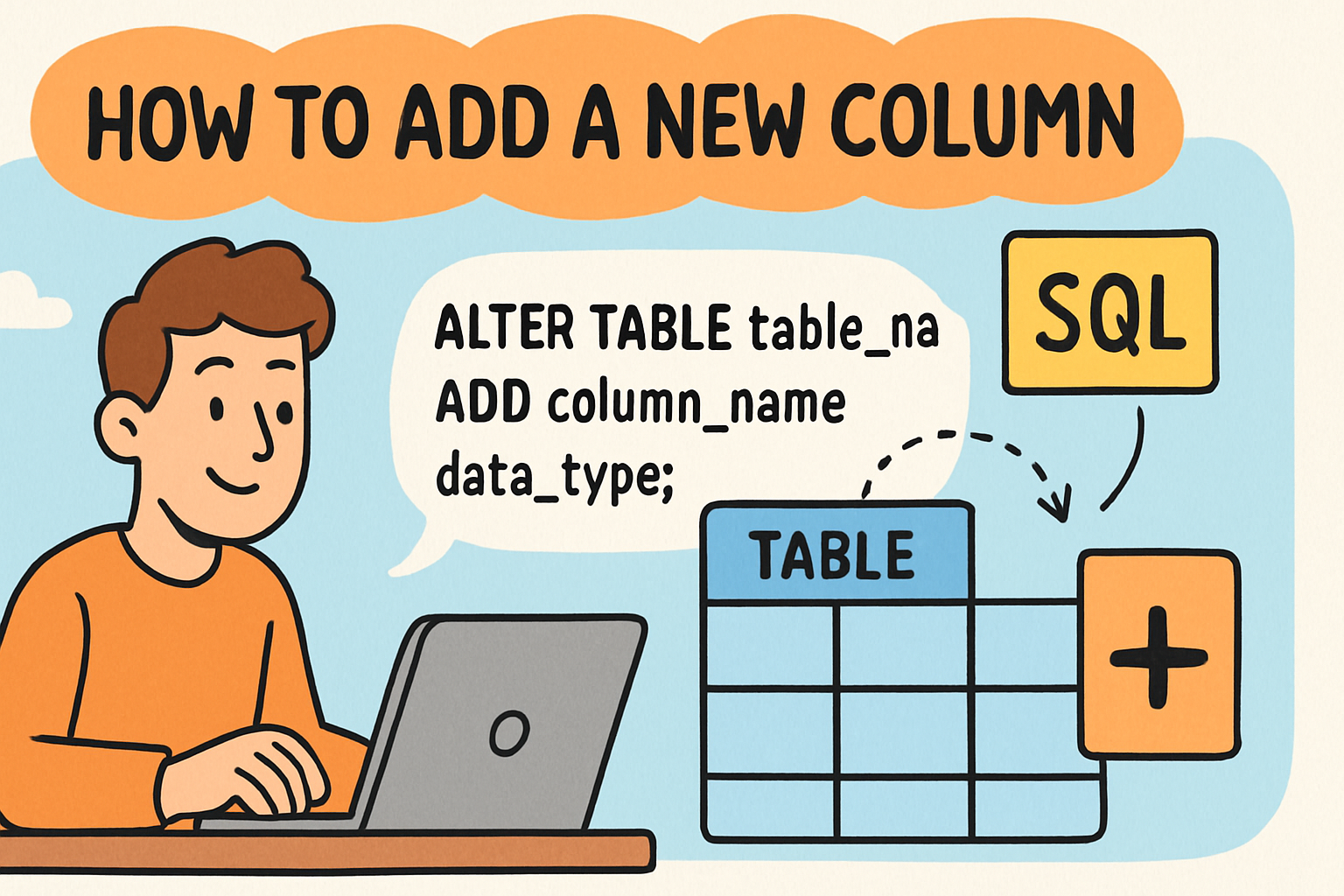How to Remove Folder in Linux: A Complete Guide for IT Professionals
Updated on August 20, 2025, by Xcitium

If you’re working in Linux—whether as an IT manager, cybersecurity professional, or CEO overseeing technical teams—you’ve probably run into the need to delete directories safely. Knowing how to remove folder in Linux isn’t just about freeing up disk space; it’s also about maintaining system security and performance.
Consider this: leaving outdated directories filled with old log files, unused code, or sensitive backups can become a security liability. Attackers often exploit forgotten files and mismanaged directories. That’s why IT leaders emphasize good Linux hygiene, including proper folder removal.
In this guide, we’ll explore step-by-step methods, security implications, and best practices for deleting directories in Linux. By the end, you’ll have a comprehensive understanding of safe folder management for personal systems and enterprise environments.
Understanding Folder Deletion in Linux
Before diving into commands, let’s clarify what happens when you remove a directory in Linux.
- Folder vs. File: Files contain data, while folders (directories) organize them.
- Deletion Process: Removing a directory doesn’t “shred” its data—it only removes references. Without secure deletion, fragments may still be recoverable.
- Permissions: Only users with proper permissions (owners, sudoers, root) can remove certain directories.
For IT managers, this distinction is crucial. Accidentally deleting the wrong folder can cause downtime or data loss. That’s why safe folder removal practices are part of system administration policies.
How to Remove Folder in Linux Using rmdir
The rmdir command is designed for removing empty directories.
Syntax:
rmdir [directory_name]
Example:
rmdir test_folder
This will delete the folder only if it is empty.
Key Notes:
- Perfect for cleaning up unused directories.
- Returns an error if the folder contains files.
- Limited in scope but safe.
✅ Use Case: Removing temporary directories or old project structures after files have been relocated.
How to Remove Folder in Linux Using rm -r
The rm -r (recursive remove) command is the most powerful method for deleting directories and their contents.
Syntax:
rm -r [directory_name]
Example:
rm -r project_files
This removes the folder and everything inside it.
Key Notes:
- Works on both empty and non-empty folders.
- Requires caution—data is permanently deleted.
- Can be combined with options like -f (force) to suppress prompts.
Example with Force:
rm -rf project_files
⚠️ Warning: This command is dangerous if misused. A single misplaced character could wipe out critical directories.
✅ Use Case: Large-scale cleanups, automation scripts, or removing obsolete software directories.
Comparing rmdir vs. rm -r
| Feature | rmdir | rm -r |
| Handles empty dirs | ✅ Yes | ✅ Yes |
| Handles non-empty | ❌ No | ✅ Yes |
| Safety level | High (limited scope) | Medium (can cause data loss) |
| Best for | Small cleanups | Large directory removals |
Security Implications of Removing Folders in Linux
Why It Matters for Cybersecurity
- Prevent Data Leaks: Old directories may contain sensitive logs or backups.
- Reduce Attack Surface: Outdated software files can harbor vulnerabilities.
- Compliance: Regulations like GDPR, HIPAA, and PCI-DSS demand proper data handling.
Best Practices for Secure Deletion
- Verify Before Deleting: Always double-check with ls before running destructive commands.
- Use Secure Tools: For highly sensitive data, use shred or wipe utilities instead of rm.
- Automate with Care: Cron jobs can handle routine cleanups but must be tested to avoid mistakes.
Advanced Options for Removing Folders
1. Remove Multiple Directories at Once
rm -r folder1 folder2 folder3
2. Use Wildcards
rm -r logs_*
Deletes all folders starting with logs_.
3. Interactive Mode
rm -ri folder_name
Prompts before deleting each file. Useful for cautious admins.
Removing Folders with Special Permissions
Sometimes, folders are owned by root or another user. In such cases, you’ll need sudo privileges.
Example:
sudo rm -r /var/protected_folder
For CEOs and IT leaders, enforcing role-based permissions ensures only authorized staff can delete sensitive directories.
Automating Folder Removal in Linux
For enterprises managing hundreds of servers, manual deletion is inefficient. Automation ensures consistency and compliance.
Methods:
- Shell Scripts – Automate recurring cleanups.
- Cron Jobs – Schedule routine deletions (e.g., old backups).
- Configuration Management Tools – Use Ansible, Puppet, or Chef for centralized policies.
Example Cron Job:
0 2 * * * rm -rf /var/log/old_logs/*
Deletes old logs daily at 2 AM.
Industry Use Cases
- Cybersecurity Teams: Securely remove compromised directories during incident response.
- IT Managers: Automate log file cleanup to optimize server performance.
- CEOs / Founders: Ensure compliance with security frameworks by enforcing deletion policies.
Best Practices Checklist for Folder Removal
- ✅ Always check directory contents with ls before deleting.
- ✅ Use interactive (-i) mode for critical directories.
- ✅ Automate with scripts only after testing in staging.
- ✅ Enforce least privilege access for deletion commands.
- ✅ Use secure deletion tools when handling sensitive data.
FAQ: How to Remove Folder in Linux
Q1: What’s the difference between rm and rmdir?
- rmdir removes only empty folders.
- rm -r removes folders and their contents.
Q2: How do I remove a folder without confirmation prompts?
Use rm -rf folder_name. But be cautious—this bypasses all warnings.
Q3: Can I recover a folder after deleting it in Linux?
Not with standard tools. Data recovery may be possible with specialized software, but results are not guaranteed.
Q4: What’s the safest way for beginners to remove folders?
Use rmdir for empty folders or rm -ri for interactive deletion.
Q5: Is deleting folders in Linux different for cloud servers?
The commands are the same, but extra caution is needed since cloud environments often host critical production workloads.
Conclusion: Safe Folder Deletion Strengthens Security
Knowing how to remove folder in Linux isn’t just a technical skill—it’s part of a cybersecurity strategy. Whether you’re clearing outdated files, ensuring compliance, or automating cleanups across enterprise systems, safe folder management is essential.
For IT managers and CEOs, this simple practice reduces risks and boosts efficiency. By combining proper commands with smart policies, you ensure your organization stays both lean and secure.
👉 Ready to enhance your cybersecurity posture? Request a demo with Xcitium today and discover how enterprise-grade protection safeguards every endpoint.



